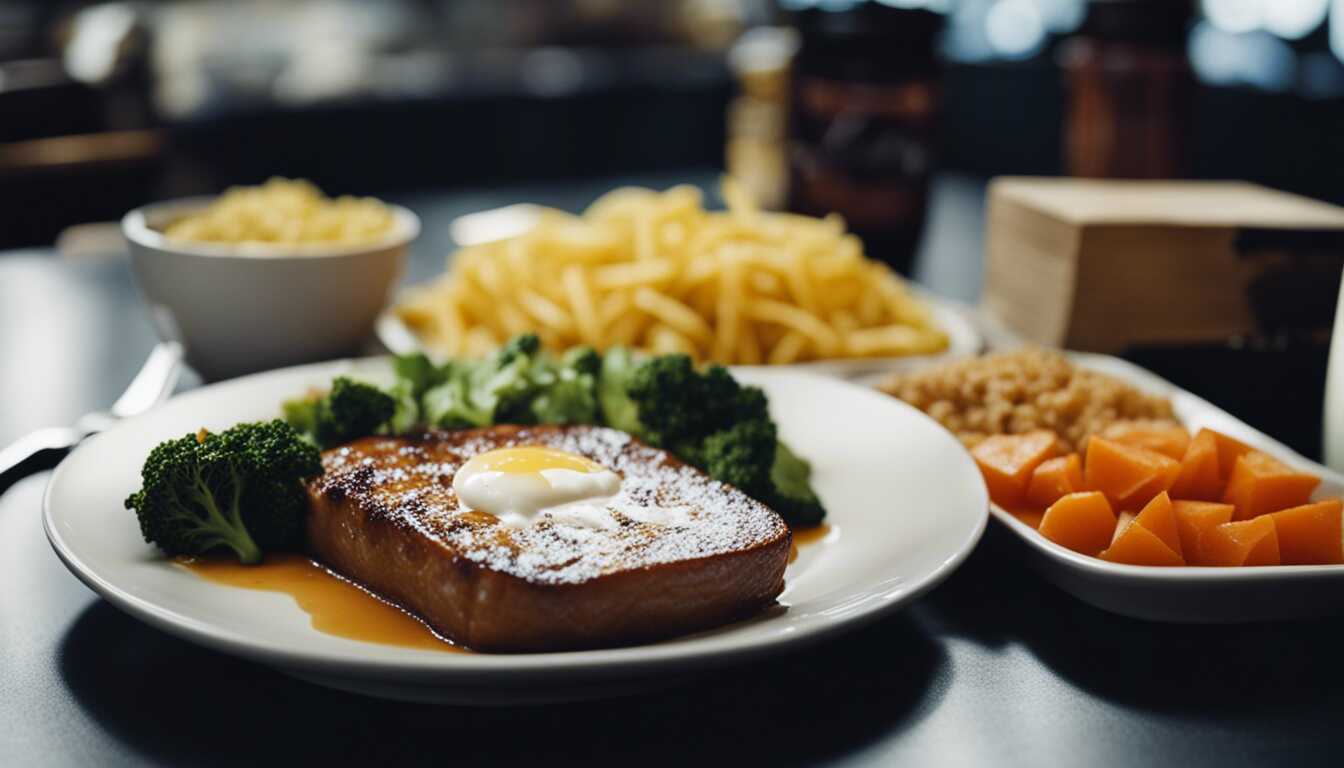
Alabama Death Row Inmate's Last Meal Before Unique Execution Method

Alabama Death Row Inmate Executed with Nitrogen Gas
The Alabama death row inmate Kenneth Eugene Smith had a steak with A.1. sauce, hash browns, and eggs as his last meal, served just hours before being executed with nitrogen gas. The execution marked the first time a new method had been used in the United States since the introduction of lethal injection in 1982. Smith, 58, was pronounced dead at 8:25 p.m. after breathing pure nitrogen gas through a face mask to cause oxygen deprivation. In his final statement, Smith expressed gratitude toward his family and made the "I love you" sign with his hands. His execution followed a legal challenge from his lawyers, who argued the experimental execution method could violate the constitutional ban on cruel and unusual punishment.
The Case of Kenneth Eugene Smith
Smith was convicted in a 1988 murder-for-hire slaying of a preacher's wife, Elizabeth Sennett. He and another man were paid $1,000 each to kill Sennett on behalf of her deeply indebted husband. Smith's accomplice, John Forest Parker, was also convicted for the slaying and was executed in 2010.
Legal Implications and Ethical Questions
The execution of Smith concludes a long-standing legal battle and marks a significant development in the history of U.S. execution methods. The Alabama Department of Corrections has not disclosed any further plans to use nitrogen gas as an execution method in the near future. The case of Kenneth Eugene Smith and the use of nitrogen gas for his execution raise important ethical and legal questions about the application of the death penalty in the United States.
Debates and Future Conversations
The use of a nitrogen gas execution method and Smith's final meal have sparked debates and discussions around the country. These events will likely continue to be a topic of interest and controversy, shaping future conversations about capital punishment and the treatment of death row inmates.
Share news















